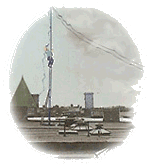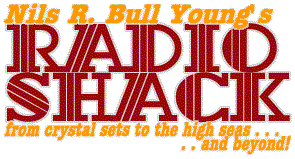When Cid & I
discovered that we were on our way to parenthood, we moved out of the three-story walk-up in the shade of a freeway in Dayton & rented a house in Park Layne, a bunch of housing development from the 60s
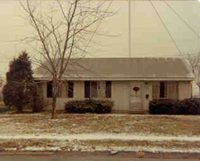
outside
of New Carlisle, Ohio. It was there that we began raising our first child,
Ian. I renewed my acquaintance with the 3968 OVTN/Late
Night Radio Gang and I began to consider less and less
every day anything even remotely resembling a QRP station. The Argonaut got put on a shelf in a closet in the room that had become my radio shack, pretty much forgotten. It didn't help much that, in bit of surgery meant to extract the MFJ audio CW filter from the Argonaut for use in the HW101, I reversed the RF gain control leads and thus killed the receiver. (I discovered this later, after I'd sold the Argonaut to a Canadian ham for some paltry sum. When he made his way back through town again a few months later, he stopped by to tell me what he'd found to be the problem. At which point, feeling properly foolish, I kissed that experience goodbye and over with.) I sometimes see Argonauts on sale at the Dayton Hamvention, but so far nostalgia has not gotten the better of me.
So there I was in Park Layne on the air with my HW101, hanging around with the Burnt Hams & trying to get some relevancy going. During our stay there, in the
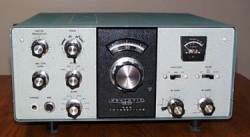
middle or late 70s, the Midwest got blasted with a blizzard. For a few weeks I spent some now-and-then time passing messages via the Ohio Single-Sideband Net and the OVTN to students at local colleges who'd forgotten how to dial the phone and tell their parents that they hadn't disappeared under a glacier just quite yet.
It was during one of these message-passings that the HW-101 went up in smoke. Quite literally. Subsequent attempts to resurrect it proved fruitless, even though I took it to the R.L. Drake where I was then working to see if any of my technician friends could figure it out. One of the guys took it off my hands for a couple bucks and that was the end of that . . . at least for a while.
Which means that
by the time Cindy, Ian and I moved to what was home for nearly six years
in New Carlisle itself, I'd gotten very power hungry. Or power crazy. It
doesn't make much difference once you give up the faith. . .
The QRO Break Continues
Updated 25 July 2004
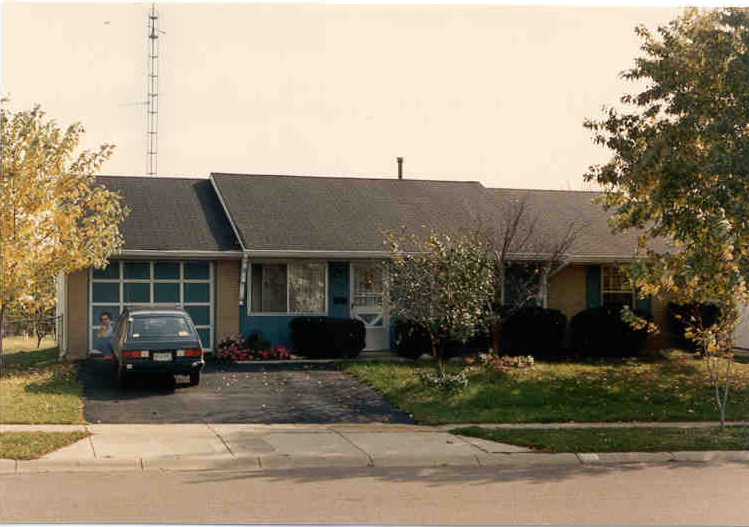
By the time Cindy, Ian and I moved to what was home for nearly six years
in New Carlisle itself, I'd gotten very power hungry. Or power crazy. It
doesn't make much difference once you give up the faith.
I was working at the R.L. Drake radio factory, turning out 20 transceivers a day for the next four years. I learned a lot about radios and the electronics of making them do neat stuff and got pretty much caught up in the idea of having at least 100 Watts to play with.
When the new TR7 solid-state, multi-band, multi-mode, 150Watt transceiver with general coverage receive came out, I was on the factory line, bouncing 20 of those off the end of the bench every day. I got to know the innards of that radio so well that I
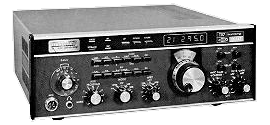
decided that it would be foolish of me not to have one. So I minced and whined and weedled and moped for months (after all, it had worked on Dad) and eventually Cindy let me order one . . . at the employee discount it was cheaper. But not that cheap. Which is another story . . .
So, with a brand
new TR7, finagled tower & home-brew beam, and a smoking gun amplifier
(which the donor, WB8MZZ, had christened
"Bozo"), I got on the air as never before and never looked back once. Except
for the time I decided to build a 40m CW transceiver from the ground up
& nearly drove Cindy nuts with the constant soldering, cussin' and
testing.
There was probably
not one single week in that entire six year period that I didn't have "Bozo"
on, waiting for me to plunk the plate voltage switch & get on the air
with anything between 300 and 800 W. Ah, was that fun!
I worked stations
all over the world. I even worked Sweden a couple times on 40m, late at
night (in the early morning hours in Sweden) on CW. Sure, I had to tune
the TR7 gently. I had to use the narrowest
filter you could find for that radio (500 Hz) and I had to turn on and
adjust with patient skill the MFJ audio filter box that I'd put between
the product detector & AF amp of the TR7. But I did it. A couple times.
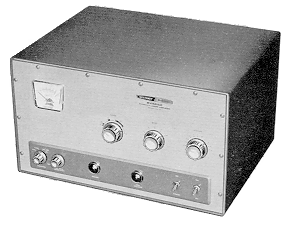
I even had a QSO with a guy in the Ukraine on 40m that way, at 500 Watts
into a tuning network that turned the tower into a 40m vertical.
I also fought with
interference which I imposed upon my neighbors' stereos systems. And one
morning Cindy informed me that
I was getting in the outdoor speakers that one of the folks down the street
had put on their patios. Lucky they weren't awake at the time.
Then the little miniature
radio station in that now long-lost Silvertone finally fell silent; my
father died.
Overcome with grief, and
having just buried Cindy's father a few weeks earlier, I sunk into a depression
fueled by all the memories of my father's relationship with me. I remembered
his voice on the
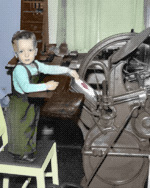
radio,
now fallen silent. And I remembered him working at his press, setting type
for family ephemera, little cards & booklets that he had shown me.
I started acquiring the printing stuff that once had carried the sweat
of his palm and the boisterous images of his imagination and humor.
The printshop overtook
the radio shack for the next few years, until it was to the point where
the rotor on the beam wouldn't work for having been left unused for so
long. The tower was showing signs
of rust and Cindy took to watching Bob Vila resurrect houses that I would
have burned down in an instant. Well, almost in an instant. Some of the
places, I thought, would have made great locations for a little letterpress
printery where I could sit amongst my father's junk and think of the smiles
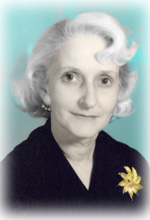
on his face as things of importance to him stacked up on the delivery table
of the press
When my mother died
a few years later, I was left, quite truly, an orphan.
Eventually Cindy's
desire to move "to the country" overcame my sense of sedentary existence
built around a fixed station location. And then we moved to the place we
have now, in the middle of a town between two cement factories, across
the street from the dry-cleaners and next door to the bank. Which, as
you may very well have guess by now,
leads to the next page.
